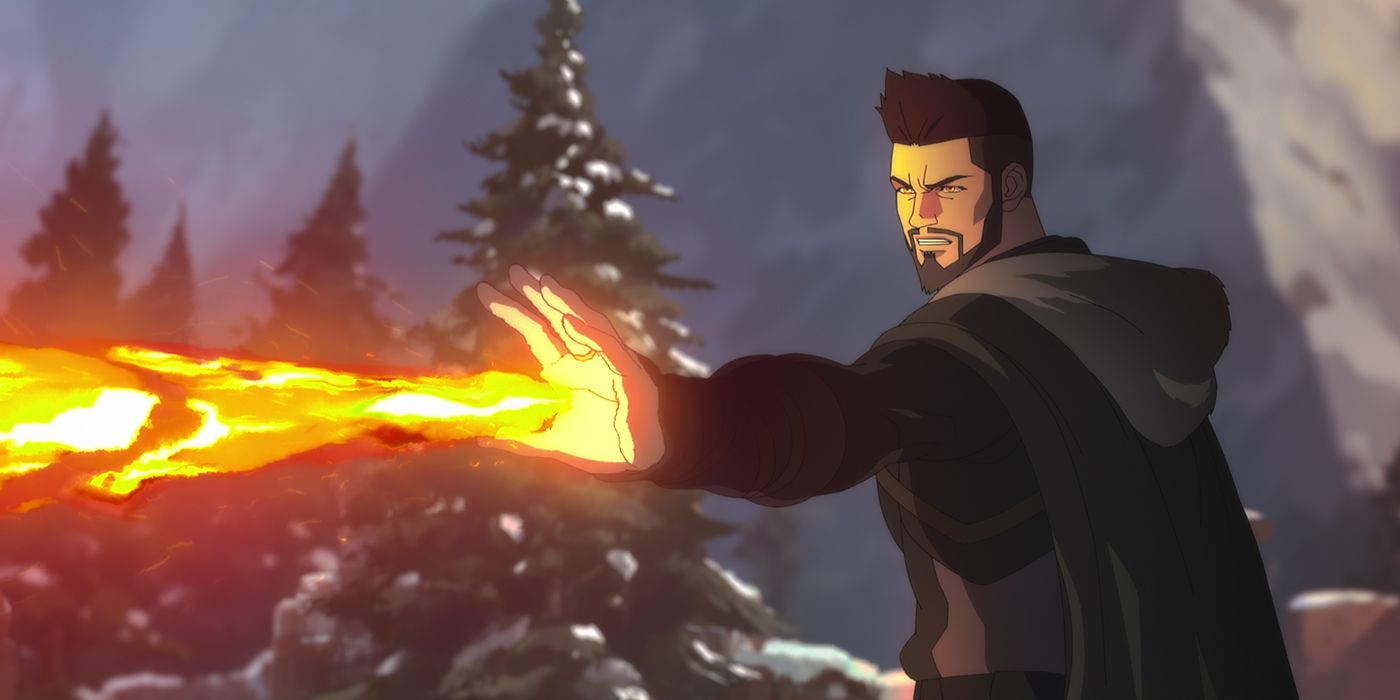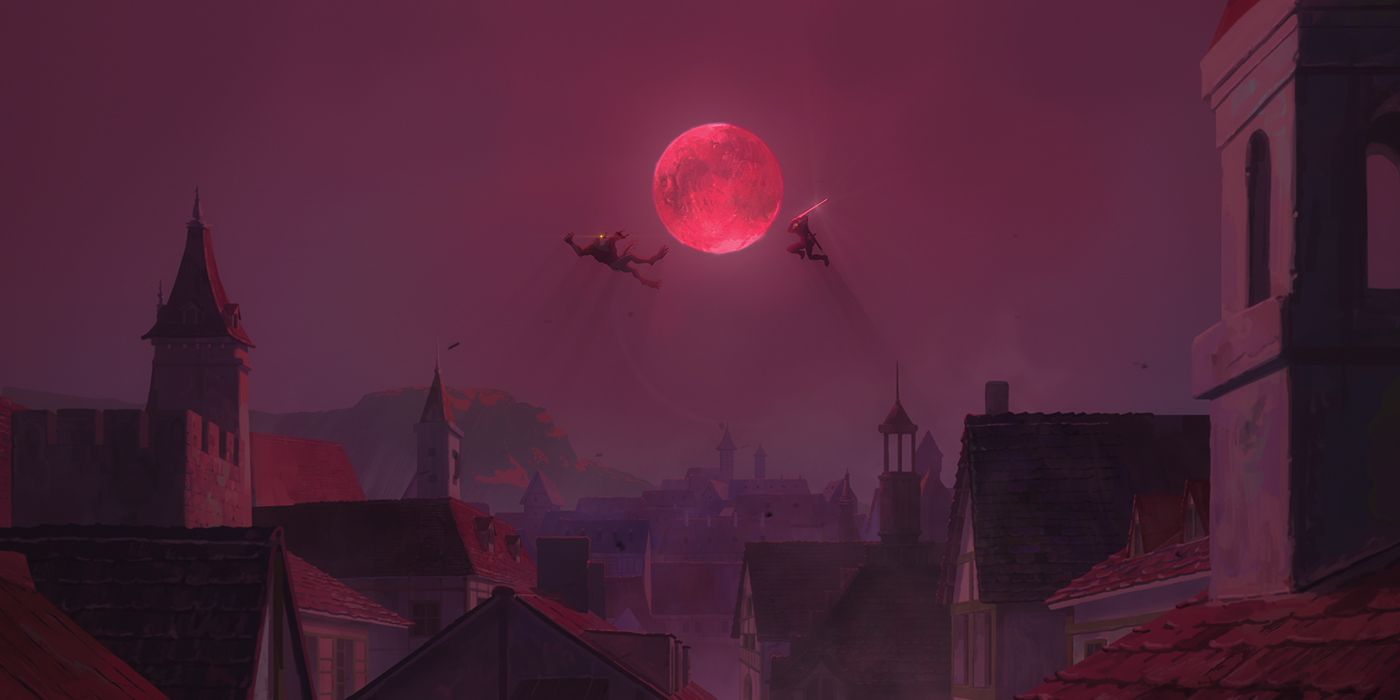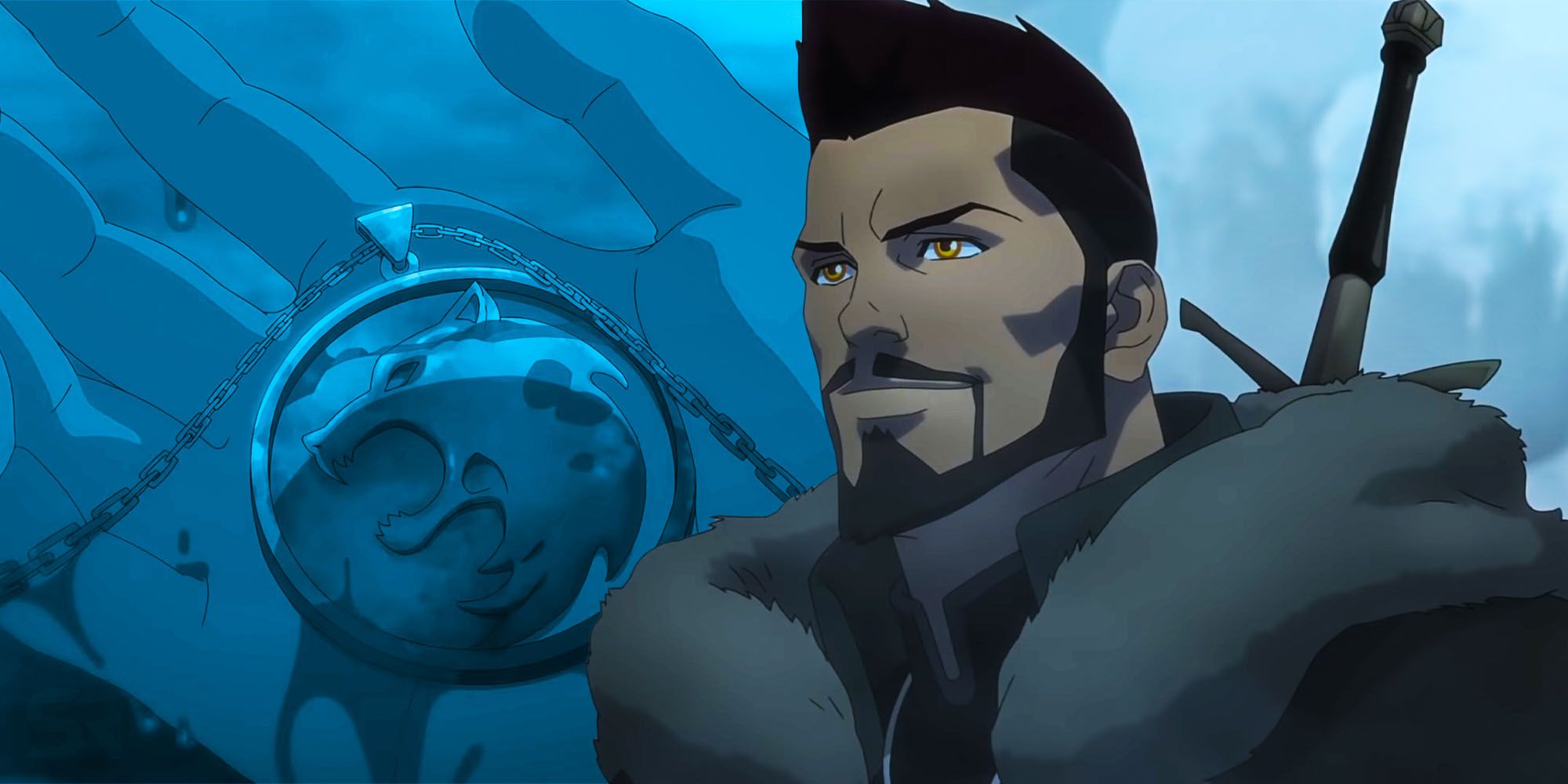
The Witcher: Nightmare of The Wolf, which hits Netflix on August 23, transforms the rich and complex live-action world of The Witcher into an animated feast for the senses. The new film was produced in collaboration with Studio Mir, which previously delighted the world with Avatar: The Last Airbender and Voltron: Legendary Defender.
This particular story serves as a prequel, introducing us to Geralt's Witcher mentor, Vesemir (voiced by Theo James). Originally more of a cocky and happy-go-lucky rogue than his protégé, Vesemir soon learns his job is about more than chasing coin when a new and dangerous threat arises on the Continent. Along with the upcoming Blood Origin, starring Michelle Yeoh, Nightmare of The Wolf is sure to give fans a deeper understanding of Geralt's world and upbringing as they head into the show's second season.
Studio Mir artist Kwang Il Han, who directed the film, spoke to Screen Rant (via an interpreter) about adapting the rich visual language of the Netflix series into an animated medium and putting his own spin on Vesemir.

I am a big fan of Studio Mir and of The Witcher. What were you most excited about when it came to making a Witcher film?
Kwang Il Han: First off, thanks for being a fan of Studio Mir. What was most exciting for me about this project was that, in fact, The Witcher universe is quite heavy. All the art pieces in the series have a certain concept to [them], and when there is a set concept that is quite serious, then you may not be able to do more splendid things in the live-action film - even if you want to do it. For example, if you have actors, you cannot go beyond a certain boundary.
But in an anime, you have [fewer] restrictions. The anime form was chosen for that reason, so I was really excited to be part of the process.
As for creating the world of Nightmare of The Wolf, did you primarily use the live-action series as inspiration, or did you go back to the books? How did you refer to points that already existed in the world?
Kwang Il Han: The drama series has a lot of aesthetic elements, so for the looks, we refer to the drama series a lot. And then the original novels are actually very heavy with storytelling and have a lot of small details that are not represented in the series. So, we refer to that as well.
As an artist, it's easier to understand things visually and intuitively, and it's easier and faster to understand things through the look. So, we actually converged them together to relate to the artists who worked on this project.

What was your collaboration process like with the screenwriter, Beau DeMayo? Did you have a lot of back-and-forth conversations about what Vesemir should look like or act like?
Kwang Il Han: We communicated quite a lot with the writer, Beau DeMayo. There were some arguments, I would say; some disagreements through the process. But our goals were the same, so we arrived here in the end very well.
Beau, of course, created a lot of Vesmir's character. He created the framework, but we developed [it] on top of what he created as a framework. This is a story about how Vesemir grew to become the Witcher, and that is where a lot of the character development is shown. So, after the framework was given, we added a lot of adlibs to develop the character in the boarding process. That is how we have the Vesemir that we see now.
I also really liked seeing new versions of the monsters we had already seen on the show, as well as some monsters who so far have only appeared in The Witcher games. What was it like approaching some of these familiar creatures in a new style?
Kwang Il Han: When you're designing a monster, there are two different genres: I would say there is a cool type, and there is a more gory and uncanny type.
I watched a lot of Netflix titles that were created in the past, and I was able to tell that the second type - the gory type - was the concept that was often used by Netflix shows. That is why we have designed the monsters in that direction.
The Witcher: Nightmare of the Wolf drops August 23 on Netflix.
from ScreenRant - Feed https://ift.tt/2WiWBmC


0 Comments